The most common seasonings in sausage include paprika, garlic, fennel seeds, cumin, black pepper, oregano, and mustard seeds. The specific blend varies by region and sausage type, from Spanish chorizo's smoky paprika to Italian sausage's fennel and garlic. This guide covers everything you need to know about sausage seasonings, including regional variations, practical tips, and a buying guide for essential spices.
Table of Contents
Common Seasonings Used in Sausage
These essential spices form the foundation of sausage flavor profiles:
- Paprika: Adds vibrant color and smoky or sweet notes depending on variety.
- Garlic: Provides savory depth and is a staple in most sausage varieties.
- Fennel Seeds: Delivers licorice-like aroma, essential for Italian sausages.
- Cumin: Imparts warm, earthy flavor common in Mexican and Middle Eastern sausages.
- Black Pepper: Enhances overall flavor with subtle heat and complexity.
- Oregano: Adds fresh herbal notes, particularly in Mediterranean-style sausages.
- Mustard Seeds: Contributes tangy bite in German bratwurst and other European styles.

Seasoning Styles Around the World
| Region | Popular Sausage | Key Seasonings |
|---|---|---|
| Italy | Italian Sausage | Garlic, fennel seeds, oregano |
| Spain | Chorizo | Paprika, garlic, chili |
| Germany | Bratwurst | Mustard seeds, caraway, garlic |
| Mexico | Chorizo | Cumin, garlic, chili, oregano |
| Poland | Kielbasa | Paprika, garlic, marjoram |
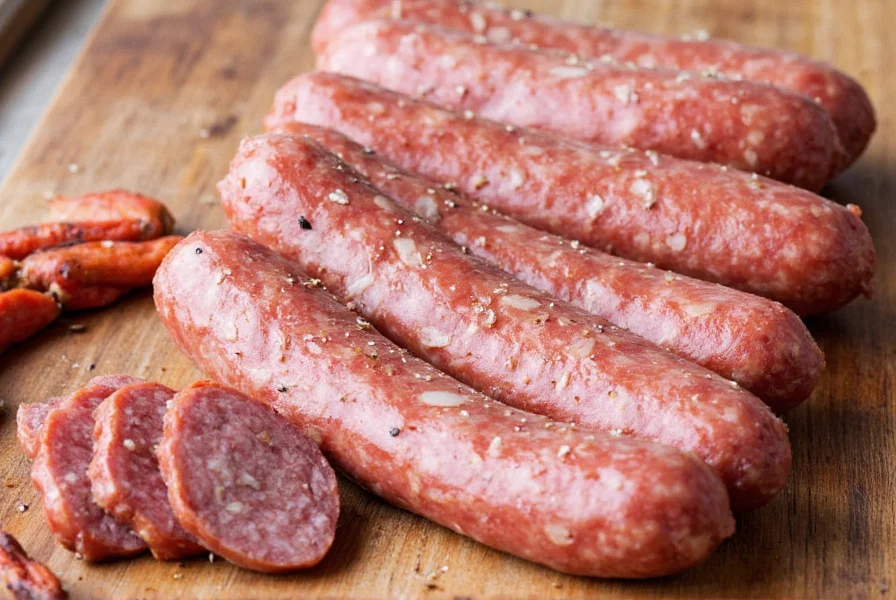
Practical Tips for Seasoning Sausage
Follow these expert techniques for perfect sausage seasoning:
- Start with quality ingredients: Use fresh, high-grade spices for maximum flavor impact.
- Balance flavors: Maintain proper ratios—typically 1.5-2 tablespoons seasoning per pound of meat.
- Test before full batch: Cook a small patty to adjust seasoning before processing entire batch.
- Adjust for heat: Add cayenne or chili flakes for spicy varieties, but balance with sweetness.
- Use fresh herbs: Add delicate herbs like parsley or thyme at the end of mixing to preserve flavor.
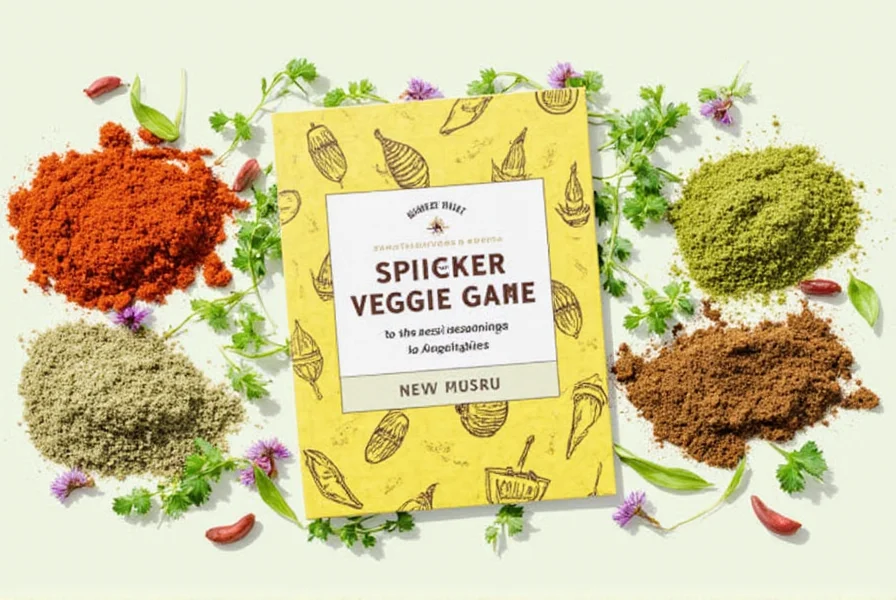
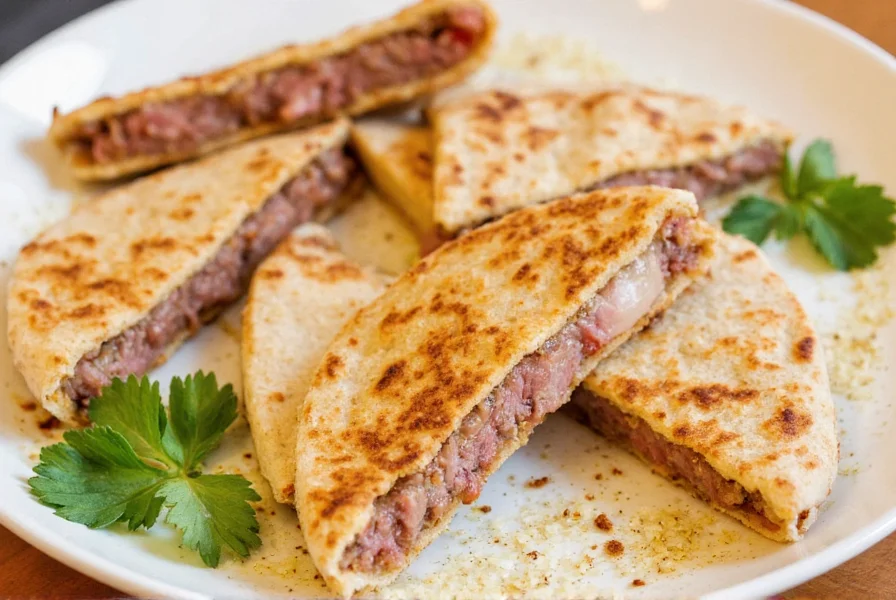
Buying Guide: Seasoning Essentials
Build your sausage seasoning pantry with these high-quality essentials:
1. Smoked Paprika (Sweet or Hot)
Features: Rich color and deep smoky flavor from roasted peppers.
Why it matters: Essential for authentic chorizo and Spanish-style sausages.
Pro Tip: Choose Hungarian smoked paprika for superior flavor complexity.
2. Garlic Powder
Features: Concentrated garlic flavor without moisture content.
Why it matters: Provides consistent flavor in cured sausages where fresh garlic may burn.
Pro Tip: Use granulated garlic powder for better distribution in meat mixtures.
3. Fennel Seeds
Features: Distinctive anise flavor with subtle sweetness.
Why it matters: Critical for authentic Italian sausage profiles.
Pro Tip: Lightly toast seeds before grinding to enhance aromatic compounds.
4. Cumin
Features: Warm, earthy notes with nutty undertones.
Why it matters: Key component in Mexican and Middle Eastern sausage traditions.
Pro Tip: Whole cumin seeds retain flavor longer than pre-ground versions.
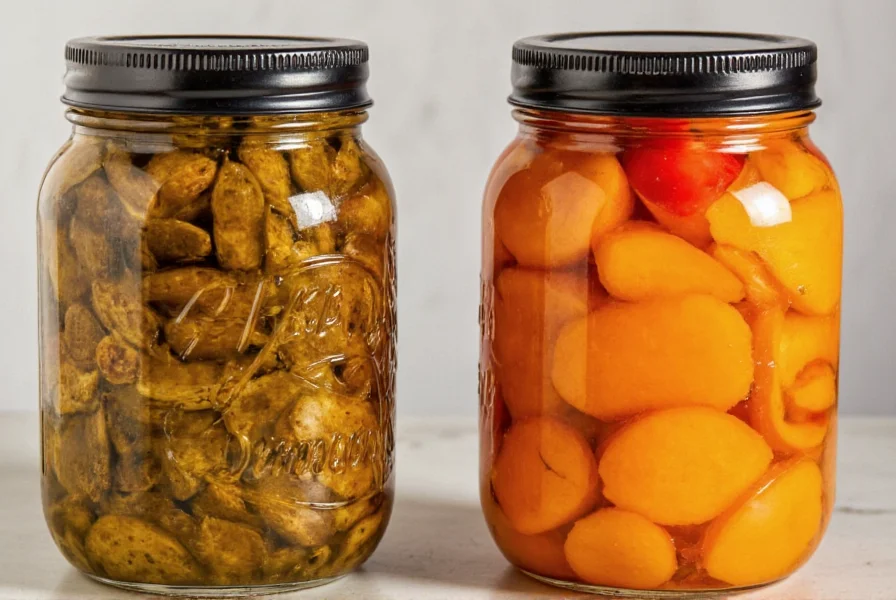
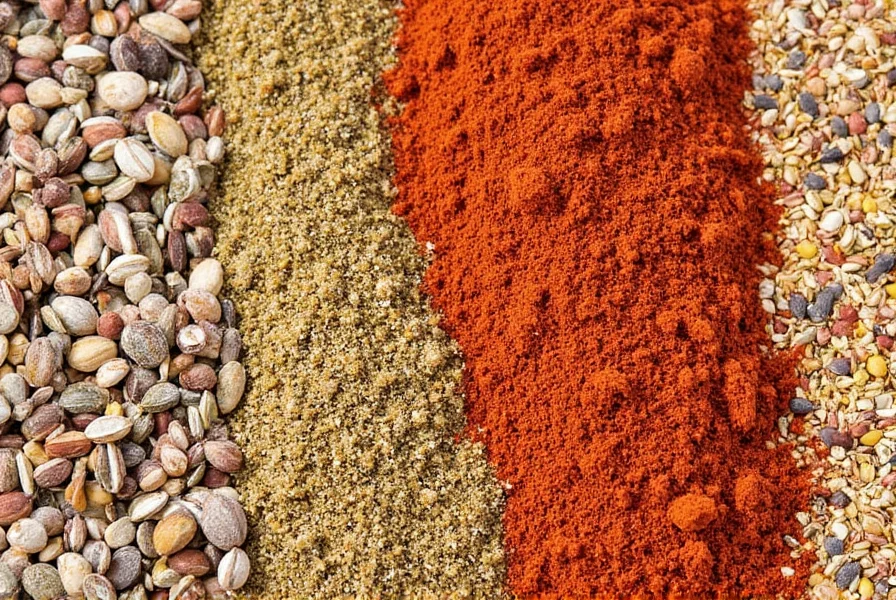
Frequently Asked Questions
What are the most essential seasonings for basic sausage?
Salt, black pepper, and garlic form the essential foundation for most sausages. These three ingredients provide balanced flavor without overpowering the meat. For traditional varieties, add paprika for Spanish chorizo, fennel seeds for Italian sausage, or mustard seeds for German bratwurst.
How much seasoning should I use per pound of meat?
A standard ratio is 1.5-2 tablespoons of total seasoning per pound of meat. Start with 1.5 tablespoons, mix a small test patty, and cook it to check flavor before seasoning the entire batch. Remember that curing salts and sugar also contribute to the overall seasoning balance.
Can I use fresh herbs instead of dried spices?
Yes, but adjust quantities—use three times the amount of fresh herbs compared to dried spices. Fresh herbs like parsley, thyme, or oregano work best when added toward the end of mixing to preserve their delicate flavors. Note that dried spices provide more concentrated flavor and better shelf stability for cured sausages.
Why does my homemade sausage taste bland?
Bland sausage usually results from insufficient salt (aim for 1.8-2.5% of meat weight) or under-seasoning. Fat content also affects flavor perception—leaner meats require more seasoning. Always test cook a small patty before filling casings, and remember that curing processes can mellow flavors, so season slightly stronger than desired.
Which seasonings work best for breakfast sausage?
Classic breakfast sausage features sage, black pepper, and a touch of nutmeg or thyme. Southern-style versions often include red pepper flakes, while maple syrup or brown sugar adds sweetness. Avoid overpowering spices like cumin or fennel that dominate breakfast flavors.
Conclusion
Mastering sausage seasoning requires understanding regional traditions, proper ratios, and ingredient quality. Whether you're making Spanish chorizo with smoky paprika or German bratwurst with mustard seeds, the right spice blend transforms ordinary meat into extraordinary flavor. Remember: the secret isn't just in the meat—it's in the spices. Happy cooking!










 浙公网安备
33010002000092号
浙公网安备
33010002000092号 浙B2-20120091-4
浙B2-20120091-4